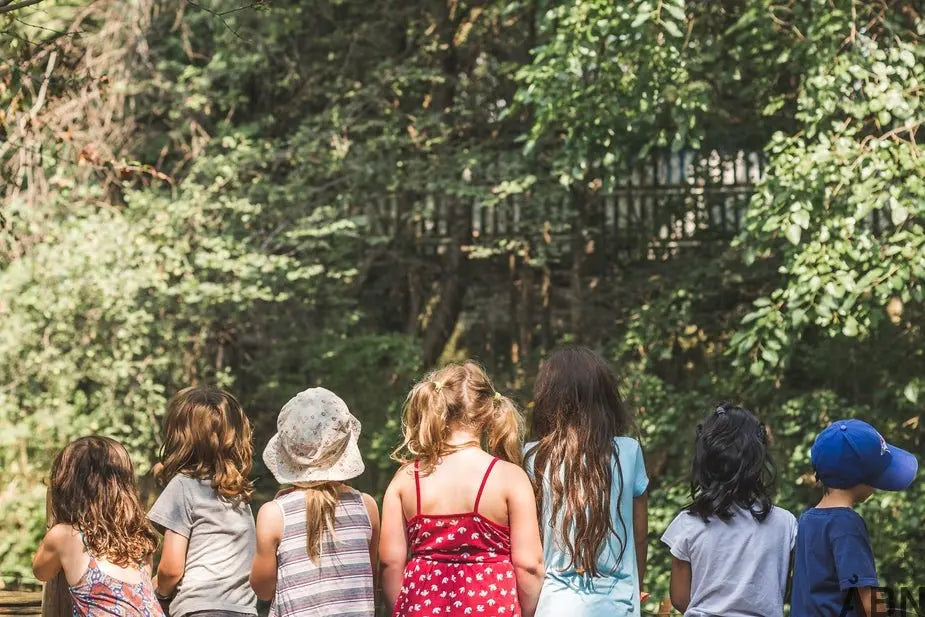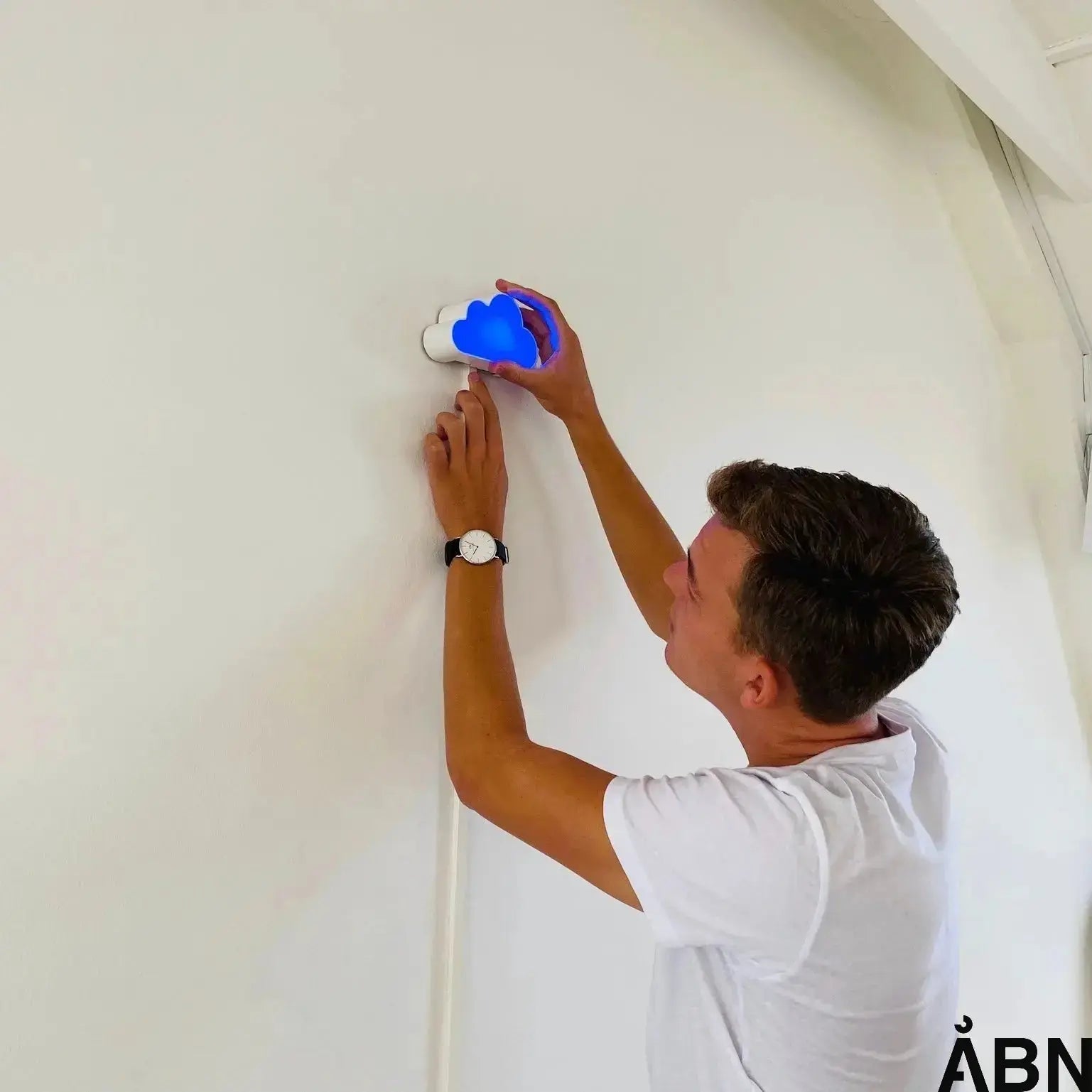Hearing loss, tinnitus, children, adolescents
Every day, children's ears are bombarded with sounds – from the classroom, recess, the gym and, not least, from the headphones that are often stuck to their ears. But while sound can be both fun and educational, it can also be harmful. Several experts are now warning of an increase in the number of children and adolescents with tinnitus – a constant ringing or buzzing in the ears that won't go away.
Research into why children and young people get tinnitus and hearing damage
There is a lot of research that sheds light on the reasons why children and young people develop tinnitus. Several Danish and international studies have investigated both the prevalence, risk factors and the psychological consequences.
The main research-based reasons are:
-
Noise and loud sounds: The most well-documented cause of tinnitus in children and adolescents is exposure to loud sounds, especially through music players with headphones, computer games, and noise in institutions and schools. Studies show that up to 67% of 11-16 year olds have experienced tinnitus in some form, often after listening to loud music or being exposed to other noise .
-
Noise damage: Up to 40% of all cases of tinnitus in young people can be related to noise damage. Technological advances make it possible to listen to music loudly and for long periods of time, which increases the risk of both tinnitus and hearing loss. Helsefonden .
-
Stress and psychological factors: Research also suggests that stress and psychological strain can trigger or worsen tinnitus in children and adolescents. Insomnia, anxiety and attention problems are frequently associated with tinnitus, and stress can both worsen existing tinnitus and in some cases trigger it. DR
-
Other causes: Tinnitus can also occur in connection with ear infections, earwax, diseases of the ear or as a result of hearing loss, but these causes occupy less space in research on children and adolescents compared to noise and stress .
Psychological and social consequences:
-
Children with tinnitus may experience difficulty concentrating, fatigue during the school day, and social withdrawal, especially if they are particularly bothered by sounds in their surroundings. DR
-
Many children develop their own strategies to deal with tinnitus, but often without professional help, as they rarely spontaneously complain about the symptoms themselves .
Current research focus:
-
Longitudinal studies have been initiated to follow the hearing and tinnitus of children and adolescents over time to shed light on how tinnitus develops and what long-term consequences it may have .
-
There is still a lack of knowledge about how to best prevent and treat tinnitus in children and adolescents, as most current interventions have been developed for adults .
When tinnitus is not just a sound, but a condition of life
Long-term tinnitus in children and adolescents can have major consequences – not just for hearing, but for the entire quality of life:
-
Persistent concentration and learning difficulties
-
Sleep problems
-
Increased risk of stress, anxiety and depression
-
Social isolation and lower self-esteem
-
Risk of developing permanent hearing loss and auditory hypersensitivity
These serious consequences clearly show how important prevention is – and it starts with paying attention to noise in children's everyday lives.
Source: The Danish Hearing Association, "Sound on Life" (2021)
3 simple tips from experts – and from ÅBN:
At ÅBN, we work every day to improve indoor climate and sound conditions – also for the youngest. That's why we recommend that you as parents pay attention to these three good habits:
-
Avoid loud noise for too long.
Loud music through headphones, concerts and noisy environments can permanently damage hearing. A rule of thumb is that if you have to raise your voice to talk, the sound level is too loud.
-
Take listening breaks
The ear needs breaks to recover. After periods of loud noise, your child should take a minimum of 10-15 minutes of quiet time.
-
Use a sound meter like SKYEN
SKYEN is ÅBN's intuitive sensor that, among other things, measures noise and makes it easy to see when the sound level is healthy – and when it is too much. It is an educational tool that makes it fun and easy for both children and adults to take responsibility for sound.
ÅBN's scaling of the sound level
![]()
With ÅBN's product, SKYEN, our dashboard is included, which easily scales your indoor climate and thus your sound level in 7 groups from A (best) to G (bad) as you know it from, for example, the `energy label'. ÅBN's scaling of the sound level is as follows:
| Scale | Limit | Description |
| A | ≤ 40 dB(A) | Perfect |
| B | 41-50 dB(A) | Optimal |
| C | 51-60 dB(A) | Excellent |
| D | 61-70 dB(A) | Less good |
| E | 71-80 dB(A) | Not optimal |
| F | 81-90 dB(A) | Bad |
| G | > 90 dB(A) | Very bad |
Note: This is ÅBN's official noise advice based on the latest research in the field. For legislation in the field, please contact the nearest authority, including the Danish Working Environment Authority and the building regulations.
ÅBN's good advice for taking care of your hearing
Knowledge about sound dosage
It's not just about volume, but about the total amount of sound your child is exposed to:
-
Sound level : At 85 dB(A), exposure should be limited to a maximum of 8 hours per day.
-
Duration : The higher the volume, the shorter the exposure time. For every 3 dB increase, the safe listening time is halved.
- Frequency : Daily exposure to loud noise significantly increases the risk
Pay particular attention to warning signs such as hissing or ringing in the ears after exposure to sound, decreased hearing, or the feeling of "wax in the ears".
ÅBN's good advice for buying headphones

-
Choose headphones with a volume limit : Many child-friendly products have a built-in limit of 85 dB, which is the WHO's recommended maximum volume in headphones for children and adolescents.
-
Consider noise-canceling headphones : They reduce the need to turn up the volume to drown out background noise
-
On-ear vs. in-ear : In-ear headphones can often play higher sound levels closer to the eardrum and therefore require more attention
Are you concerned about the noise level in your child's everyday life?
ÅBN's sensor, SKYEN , also measures noise, among six parameters. With a short and simple installation, you can monitor the sound level - and get concrete feedback in dB(A), which reflects the sound field perceived by the human ear.

Read more about SKYEN and buy it here: https://aabn.io/products/skyen
Campaign for school
At ÅBN, we make it easy to improve the indoor climate in primary schools. That's why we've tailored a school package where you can save DKK 8,000 on an intro package for your premises - everything (even installation) included!
Read and buy the campaign package here: https://aabn.io/products/skole-indeklima-testpakke









